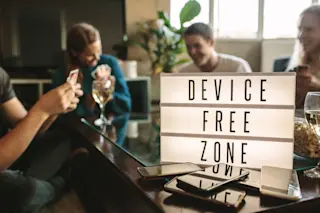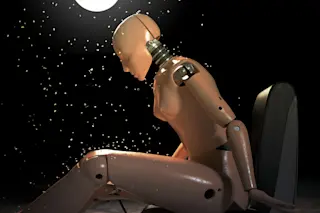The first SpaceShipTwo during a glide flight over the Mojave desert. Credit: Virgin Galactic Human error played the main role in the midair spaceplane disaster that killed a Virgin Galactic test pilot in October. The simple act of unlocking a braking mechanism 14 seconds too early led to the spaceplane's destruction, according to the U.S. National Transportation Safety Board. But the NTSB's investigation also pointed to a chain of "human factors" related to time pressure and a lack of safeguards that contributed to the copilot's tragic mistake. Such human factors have played a big role in the history of test flight disasters involving experimental aircraft and military jets. The recently-concluded NTSB investigation found that Scaled Composites, the company that designed Virgin Galactic's SpaceShipTwo, failed to consider the possibility of a pilot deploying the "feather" braking mechanism too early. There were no safeguards in place to prevent that potentially catastrophic mistake. ...
Human Error in Test Flight Disasters
Discover how human error in aviation disasters dramatically impacted test flights, including the Virgin Galactic tragedy.
More on Discover
Stay Curious
SubscribeTo The Magazine
Save up to 40% off the cover price when you subscribe to Discover magazine.
Subscribe













